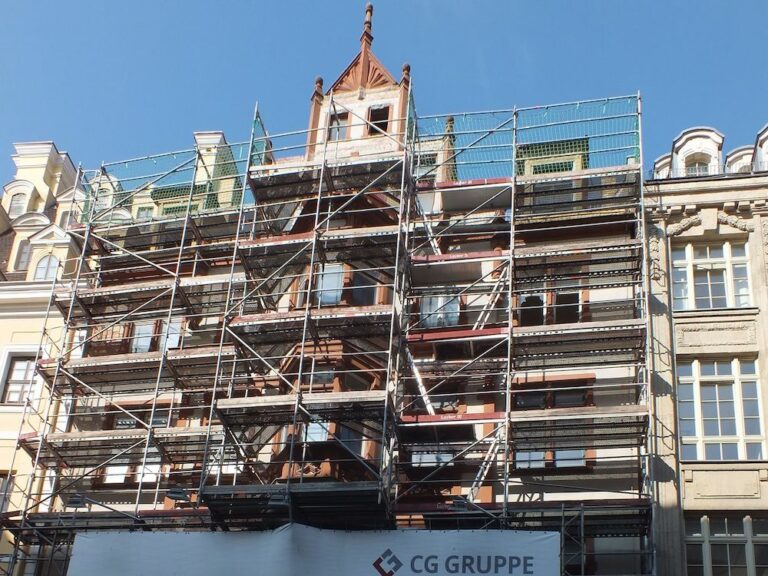The frequency of updates for sinking fund forecasts, capital works forecasts or maintenance plans as they are variously referred to, depends to a large extent on the size a complex, its age and overall level of sophistication. Generally speaking, very large complexes of a hundred plus lots will benefit more from regular updates than smaller complexes. This is due largely to the relative amounts of money involved and the increased chance in a large complex, of variations in the underlying estimate parameters.
Maintenance forecasts for the most part are reliable and accurate documents. However, like most forecasts, inaccuracies can occur due to no fault of the author. Work items planned for a certain year may be brought forward or pushed back, unexpected failures of plant or materials can occur causing expenditure to be brought forward, items such as paint finishes may last for longer periods than the paint manufacturers estimates suggest. Any one of these items may have a significant effect on the forecast and in particular, the recommended contributions.
If the life of a large expenditure item is extended, the effect on the forecast will be to increase the balance of the fund. This in turn will generally reduce contributions required. However, for the lot owners to receive this benefit, the forecast needs to be updated. This in itself is a powerful reason for regular updates.
If a large expenditure item is brought forward for some reason, the effect will be to increase the contributions required. Common failures in this category include large plant and equipment installations such as lifts, air-conditioning, fire protection equipment and roof covering systems. Although every care is taken to minimise the risk of a forecast being underfunded, these failures can and do occur. It goes without saying that large expenditure items that occur prior to their forecast date, are the most critical and accordingly require an update of the forecast in the year in which they occur.
It is an interesting statistical fact that shortfalls in estimates are frequently balanced by over-estimates of non-related items. So even if a building system fails before its due date, it is likely to be not all bad news. It does make good sense to update the forecast regularly and particularly when it is known that a building system failure has occurred. This brings us to the question that is most frequently asked relating to maintenance forecasts “how often should I have the forecast updated”?
Very large complexes exceeding 100 lots with large plant and equipment installations such as lifts, air-conditioning, car stackers, fire protection installations, etc. and particularly those fully painted on the exterior surfaces, should be updated annually. It is generally not necessary to inspect the complex every year, every third or fourth year will suffice, making the cost of the update compared to the benefits received by the lot owners, very attractive.
Complexes between 50 and 100 lots that have some equipment such as lifts, fire protection equipment, swimming pools, small air-conditioning and ventilation plant equipment and are fully painted, should be updated every three years and more regularly when unforeseen expenditure occurs.
Small complexes between 2 and 50 lots should be updated every five years and more frequently when unforeseen expenditure occurs.
Regular updating provides a flow of information that results in greater accuracy of forecasts for complexes of all sizes and complexity.

